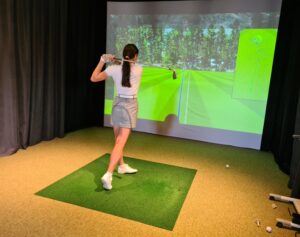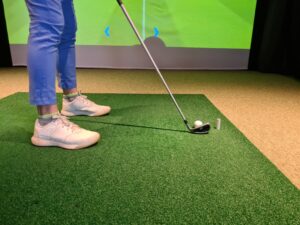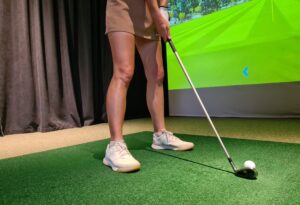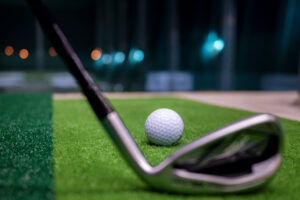Golf simulators have become more than a novelty—they’re essential tools for training, entertainment, and analysis. As demand continues to grow, a common question arises among new users and skeptics alike: how accurate are golf simulators? Accuracy is the defining factor that separates a fun game room gadget from a serious practice machine. In this article, we’ll break down how simulators track data, what affects their precision, and how today’s top technologies deliver remarkably realistic results.
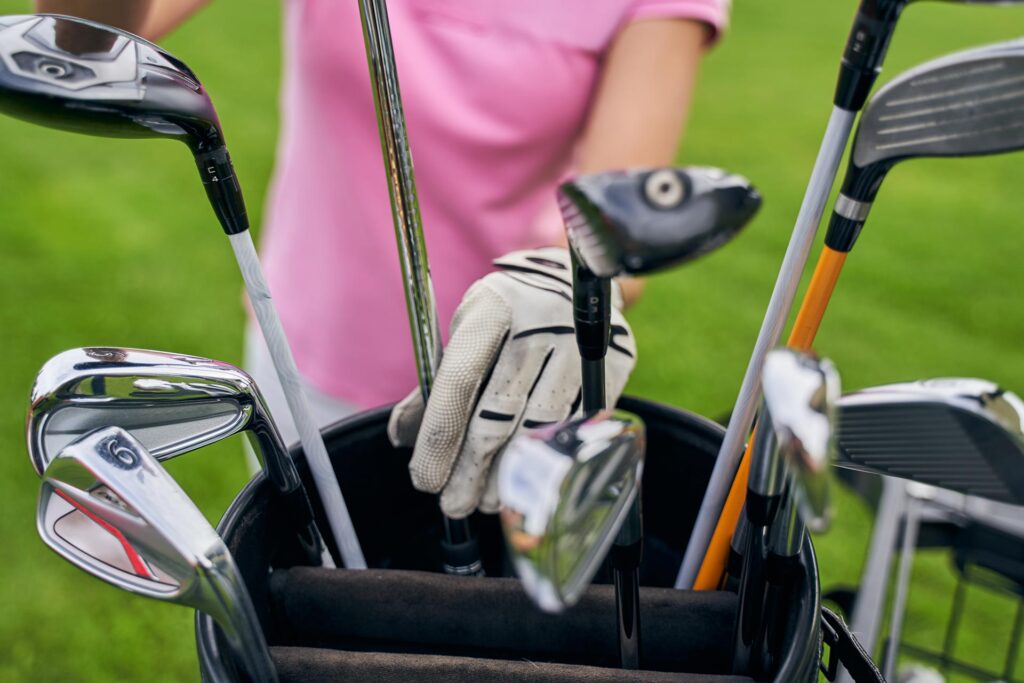
Understanding Golf Simulator Technology
Golf simulators rely on sophisticated technology to replicate real-world ball flight and club interaction. The core of this technology lies in launch monitors, which use radar, camera systems, infrared sensors, or a combination of these to capture a wide range of data points. These include ball speed, spin rate, launch angle, club path, face angle, and smash factor.
High-end simulators like TrackMan and Foresight GCQuad are trusted by PGA professionals precisely because of their reliable accuracy. These systems measure thousands of frames per second, delivering a precise recreation of the ball’s flight path. Lower-tier models may offer reduced accuracy, but even many consumer-level units today can produce solid, realistic results when set up correctly.

Factors That Influence Accuracy
To answer how accurate golf simulators are, it’s important to understand the elements that influence their performance. Even with advanced technology, poor setup or usage can skew data.
Calibration and Setup
Accurate performance depends on correct alignment, calibration, and lighting. Uneven floors, shadows, or incorrect positioning of sensors can result in inconsistent readings. Systems that require manual calibration need to be adjusted regularly for best results.
Type of Launch Monitor
Radar-based systems (e.g., TrackMan) are excellent for outdoor and long-range tracking, while camera-based systems (e.g., GCQuad) thrive indoors with shorter ball flights. Understanding the monitor’s strengths helps optimize performance in your environment.
Hitting Mat and Ball Quality
Using the correct golf balls and mats is more important than most users expect. Some simulators rely on specific markings or reflective dots on the ball to enhance tracking. Inferior or worn-out equipment can degrade tracking fidelity.
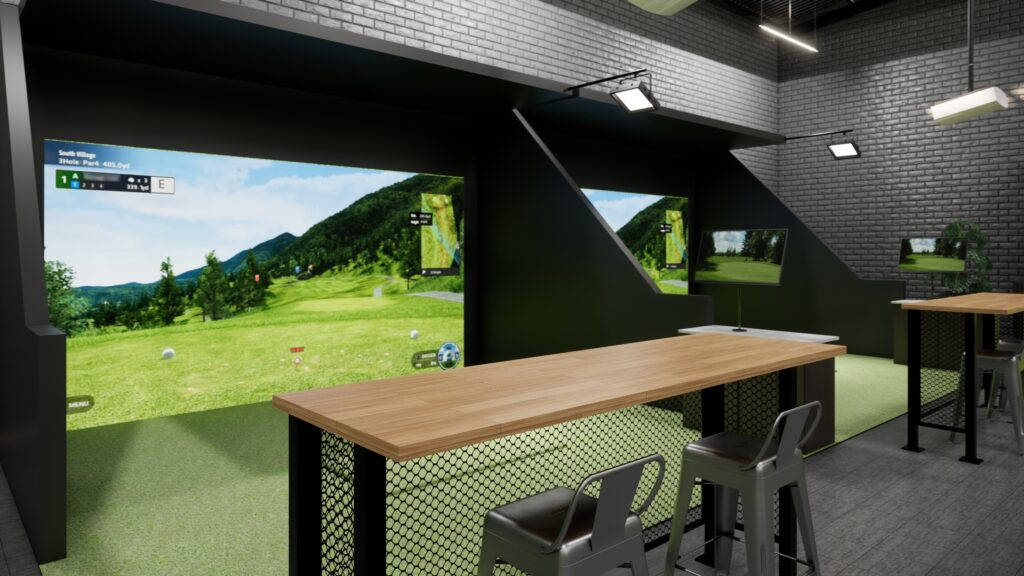
How Close Simulators Are to Real Golf
When calibrated and installed correctly, today’s top golf simulators can achieve extremely high levels of accuracy. For example, TrackMan advertises ball speed accuracy within 0.2 mph and spin rate accuracy within 100 RPM. Foresight GCQuad boasts similar precision, especially in short game and putting analysis.
Clubhead data—such as angle of attack, swing path, and face orientation—are also measured with exceptional clarity on premium systems. This data provides golfers the opportunity to analyze their swing mechanics in ways that are impossible on the driving range without high-end equipment.
Mid-range systems like SkyTrak and Flightscope Mevo+ may not reach the elite accuracy levels of their professional counterparts, but they remain highly effective for improving skills. These units still provide data on ball flight and carry distance that, while occasionally 3–5% off, offer meaningful feedback for most players.
Putting Accuracy in Golf Simulators
One of the most debated areas of simulator accuracy is putting. Replicating green speed, break, and feel is a monumental challenge. Some simulators provide putting modes that track face angle and launch speed, while others offer specialized putting surfaces to improve realism.
While putting simulation isn’t always perfect, it continues to improve. The key is setting proper expectations: simulators are best used for distance control and alignment practice rather than green-reading skills.
How Simulators Compare to the Driving Range
Many golfers wonder whether they can trust simulator results as much as they trust range shots. In most cases, the answer is yes—particularly for ball data. Golf simulators measure carry distances, spin rates, and ball flight patterns more consistently than outdoor ranges, where variables like wind, elevation, and turf conditions skew perception.
This is why facilities like Sim Cup Golf in Palm Bay offer premium technology that ensures consistency for every player. When used correctly, golf simulators remove environmental inconsistencies, allowing golfers to focus on mechanics and improvement.
Real-World Applications of Simulator Accuracy
Simulators are used at the highest levels of the game, which speaks volumes about their accuracy. PGA Tour players, instructors, and club fitters regularly use simulators like TrackMan indoors during the off-season or in controlled environments.
Club fitting is one of the most data-driven applications of simulator technology. Launch monitors help identify optimal clubhead speed, loft, shaft flex, and spin for individual players. Without accurate readings, fittings would be ineffective.
Similarly, virtual golf leagues and tournaments have flourished using simulators, especially during the winter months. This form of play depends heavily on shot accuracy and course data translation, areas where modern systems excel.

Limitations of Golf Simulator Accuracy
Despite their impressive capabilities, simulators are not without limitations. Misreads can occur, especially in setups where lighting is poor or where space constraints affect ball tracking. Some lower-end systems may not accurately track high-lofted wedge shots or putts.
Environmental elements such as ambient light, interference from nearby electronics, or incorrect placement of components can lead to inaccuracies. Fortunately, these issues are often preventable with proper installation and regular maintenance.
Conclusion
So, how accurate are golf simulators? The answer is: very accurate—when the right system is used in the right environment. Premium systems like TrackMan, Foresight GCQuad, and Full Swing deliver professional-level precision that can replicate real-world conditions with remarkable fidelity.
Mid-tier systems provide excellent accuracy for recreational and serious golfers, while even entry-level options offer useful data for game improvement. When accuracy matters, choosing the right equipment and setup is critical.
Facilities like Sim Cup Golf have invested in advanced, commercial-grade technology to ensure players experience the most precise simulation possible. Whether you’re training for competition or just want to enjoy realistic gameplay indoors, today’s golf simulators deliver an experience that closely mirrors the real thing.
Helpful Resources:

